Maintaining a sparkly, clean pool is every swimmer’s dream, but it can be a challenging task without the right knowledge.
One common question that often arises among pool owners is whether they should turn off the main drain while vacuuming their pool.
However, the answer is not that simple.
You must understand the intricacies of pool circulation and vacuuming techniques to keep your pool pristine and safe for the swimmers.
We provide essential pool maintenance tips to keep your swimming area pristine.
Learn effective strategies for vacuuming your inground pool and maintaining its cleanliness.
Read ahead to know the importance of the main drain in pool circulation and other vital features.
So dive right in and understand when and why you should consider turning off the main drain during the vacuuming process!
What is a Pool Main Drain?
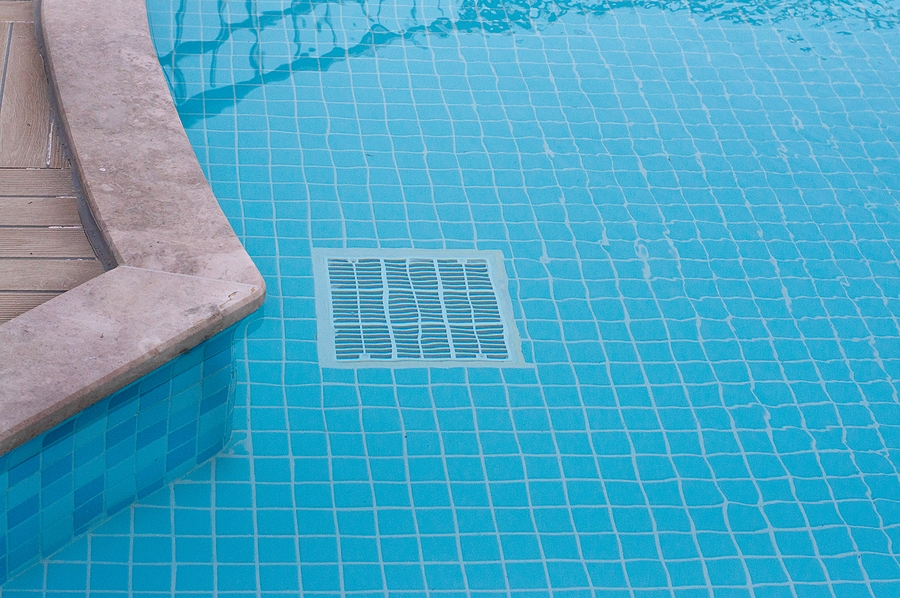
Before we understand how, when, and why to turn a pool main drain off, it is important to know what it is and its purpose.
A pool main drain is a fundamental component of swimming pool plumbing systems. It is crucial in maintaining the pool’s water circulation, hygiene, and safety.
The main drain is often located at the pool’s deepest point and covered by a grate.
The primary function of a pool’s main drain is to facilitate water intake and distribution.
The main drain helps prevent the formation of debris and algae in stagnant areas of the pool.
The pool pump draws water through the main drain and surface skimmers.
Moreover, while vacuuming the pool, the suction hose is often connected to the main drain to remove debris settled on the pool floor.
The main drain is an integral component in the overall pool infrastructure, contributing to water clarity, cleanliness, and circulation.
How to Vacuum the Pool?
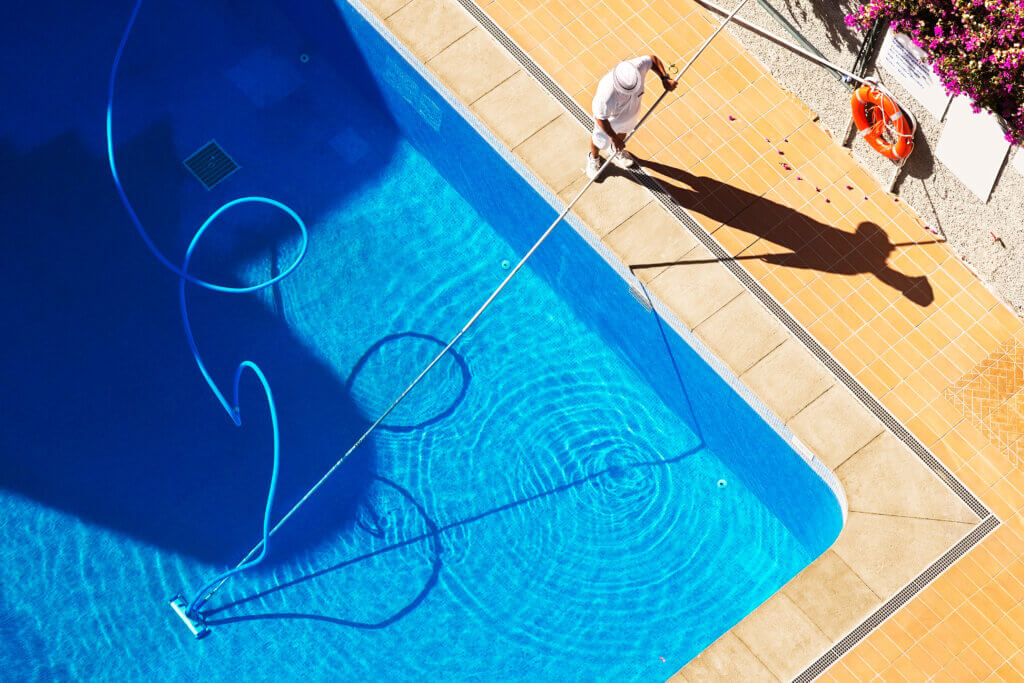
It is extremely important to vacuum the pool regularly to maintain the water’s health and have a pristine aqua-blue look.
You will need a pool vacuum cleaner (manual or automatic), a telescopic pole with a vacuum head attachment, a vacuum hose, and a skimmer net.
Once you have collected these necessary equipment, follow the given instructions to vacuum your pool:
- Assemble the vacuum by attaching the vacuum head to the telescopic pole and then connect the vacuum hose to the vacuum head.
- Ensure that your pool pump is running and that your skimmer and main drain valves are open. The pool pump draws water with the help of the skimmer and main drain. The main drain specifically helps in pulling water from the lower regions of the pool.
- Submerge the vacuum hose and head attachment into the pool.
- Activate the pool pump and initiate the circulation and suction.
- Lastly, move the vacuum head across the pool’s surface and floor slowly to collect the dirt and debris.
The Debate: Leaving Main Drain On or Off?
Now, let us come to the burning question that troubles most pool owners.
As stated above, the answer to turning on or off the main drain while vacuuming the pool is not a straightforward yes or no.
Some multiple considerations and conditions influence the position of the main drain during the vacuuming process.
Our pool experts have explained when to turn on the main drain and when to turn it off in the further headings.
This knowledge will make your pool cleaning process simple and smooth.
1. Turning on The Main Drain
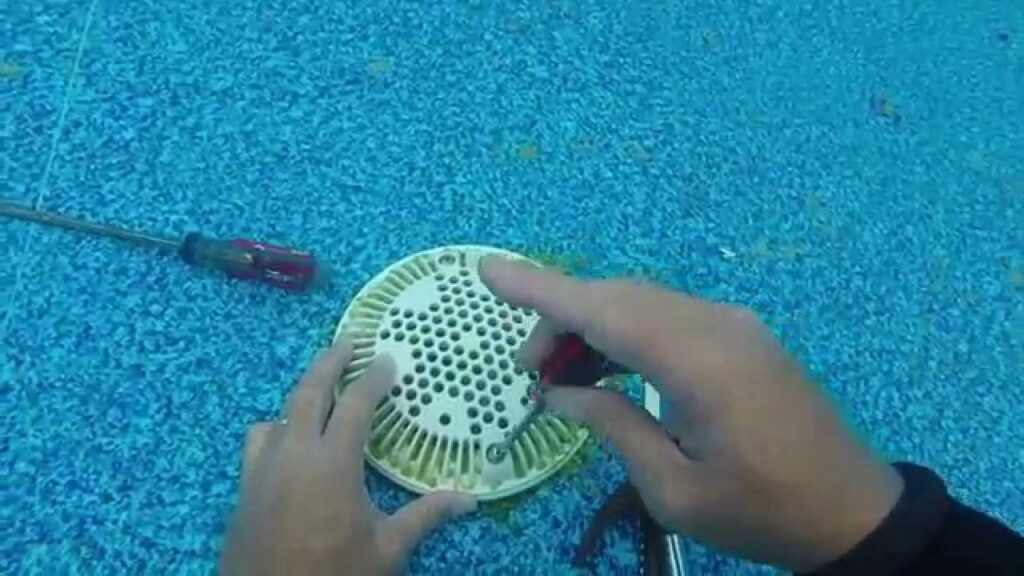
When you are doing a regular clean-up of your pool, turn on both the skimmer and the main drain valves.
This will induce the skimmer to collect the debris from the pool surface while the main drain will push out the dirt from the bottom of the pool.
Running the skimmer and main drain simultaneously will create good water circulation and speed up the filtration process.
However, if your skimmers have low water flow, then we do not recommend opening the main drain fully.
In such cases, it is best to open the main drain partially, making a 45-degree angle with the pipe.
2. Turning Off the Main Drain
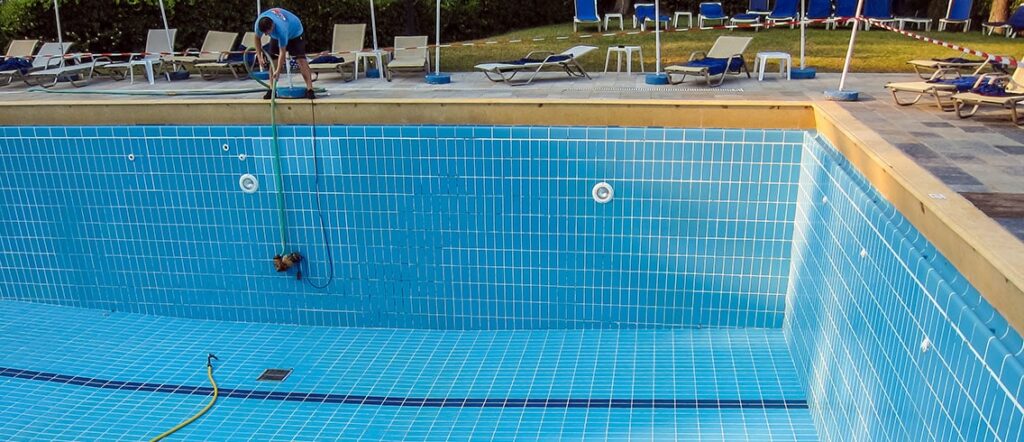
During cleaning, if you want the maximum suction through the skimmer net, then it would be beneficial to close the main drain.
Along with this, it is also recommended to fully close the main drain during winter when your pool is not in use.
Swimming Pool Vacuuming Tips
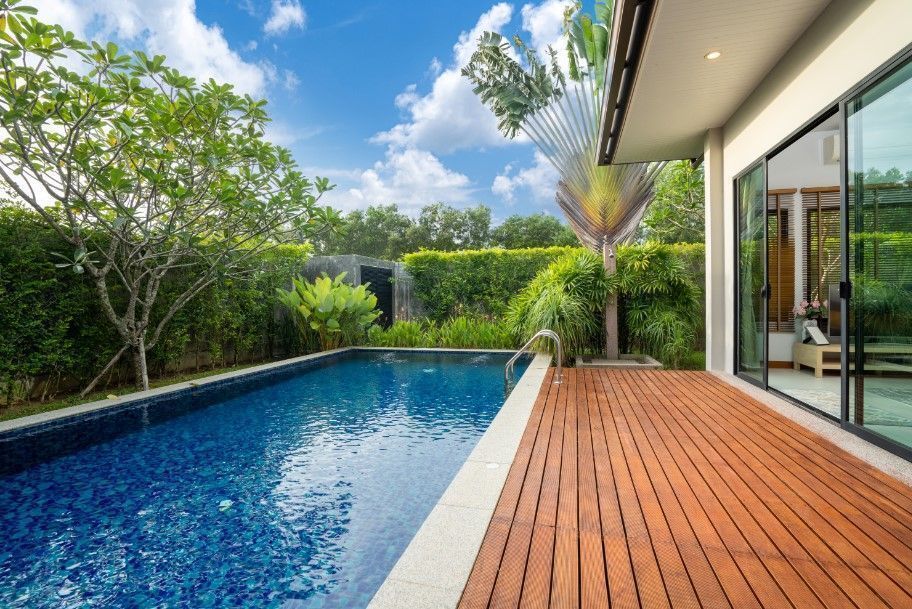
It is important to have clean water in your swimming pool as the dirty water may affect the swimmer’s health.
These expert-recommended vacuuming tips will help you maintain a neat and clean swimming pool:
- Have the right cleaning equipment for your pool, depending on its area, water level, and size.
- Start by skimming the surface first and then move on to the pool floor.
- Check the pool pump regularly to ensure that it is not clogged with debris, and monitor water levels.
Conclusion
The answer to the question of whether to turn off the main drain while vacuuming the pool is not a one-size-fits-all answer.
It depends on various factors like the pool’s age, design, water level, and safety features.
Turning off the main drain can reduce the risk of entrapment, especially in older pools that lack safety mechanisms.
On the other hand, keeping the main drain on during vacuuming removes the debris and maintains the water clarity efficiently.
As a pool owner, you need to make an informed decision that works the best for the health and safety of your pool and its swimmers.

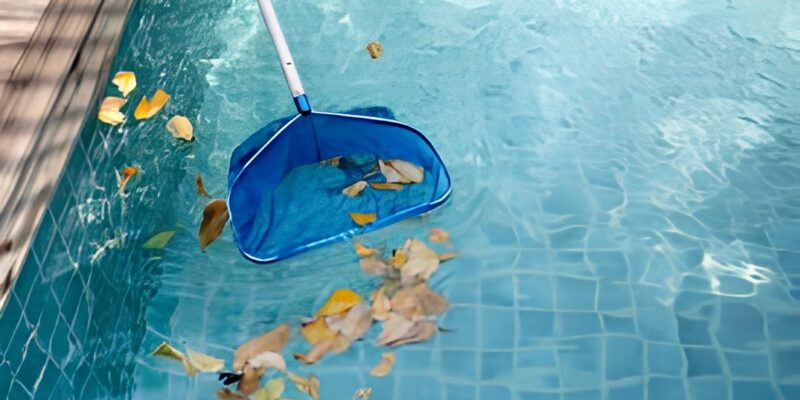

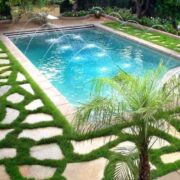



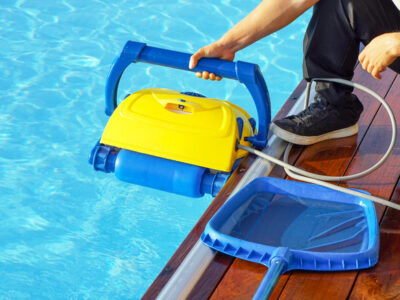



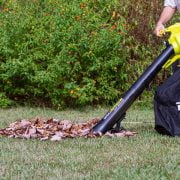
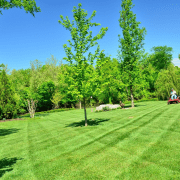
Comments